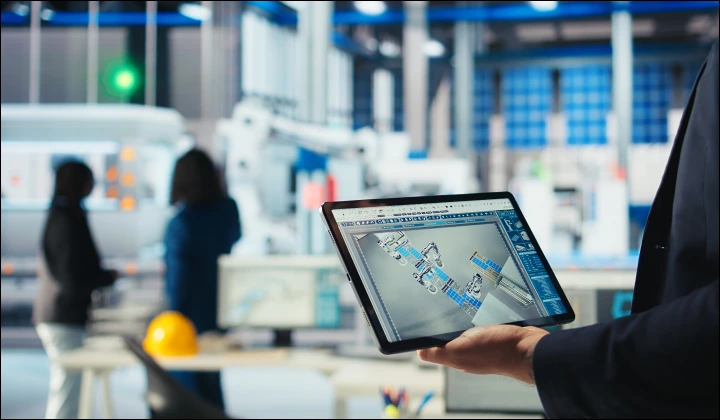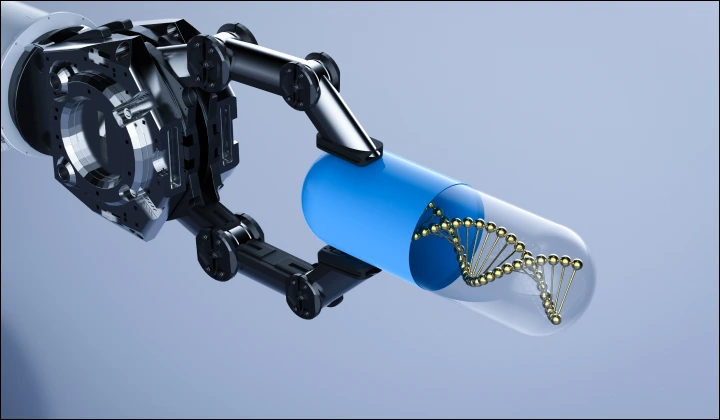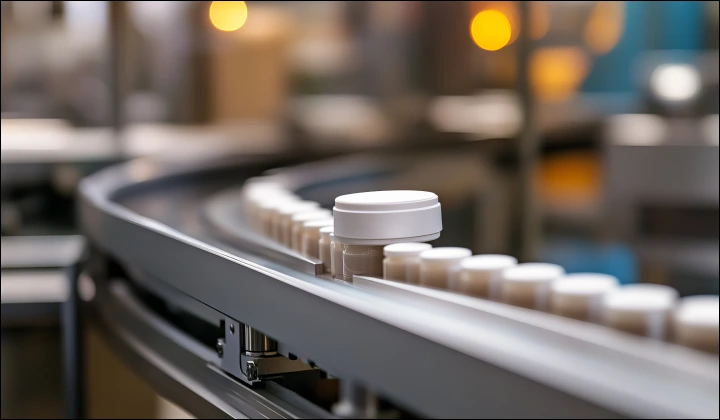Why Predictive Maintenance Matters in Pharma?
Industry reports suggest that European manufacturers are predicted to lose more than £80 billion due to downtime in 2025, depending on the complexity and scale of the operation. (Source)
Traditional preventive maintenance schedules often rely on fixed intervals or reactive repairs. While this approach meets basic compliance requirements, it leaves manufacturers blind to early-stage equipment wear, subtle anomalies, or environmental factors affecting machinery.
Predictive maintenance, powered by embedded intelligence, addresses these gaps. It turns maintenance from a reactive cost into a strategic differentiator, which ensures continuous production, reduces unexpected downtime, and aligns with energy efficiency and sustainability goals across the EU.
Secondary benefits include:
✔️ Enhanced compliance with EMA and MDR regulations through automated audit trails and real-time monitoring.
✔️ Reduced operational disruptions in multi-site European facilities.
✔️ Alignment with EU sustainability targets, which minimizes energy-intensive emergency repairs.





 11 mins
11 mins











 Talk to Our
Consultants
Talk to Our
Consultants Chat with
Our Experts
Chat with
Our Experts Write us
an Email
Write us
an Email





